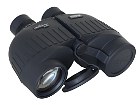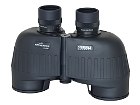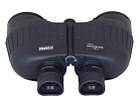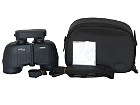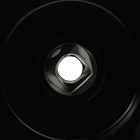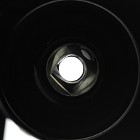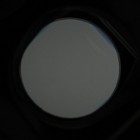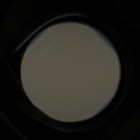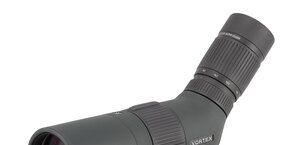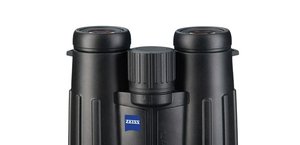Steiner Navigator 7x50
The Navigator 7x50 is a huge and solid pair of binoculars with an individual focusing system. It is water-pressure proof down to a depth of two meters and it comes with a 10-year warranty period of the producer.
| Magnification | Lens diameter | Angular field of view | Prisms | Eye relief | Weight | Price |
|---|---|---|---|---|---|---|
| 7 | 50 | 118/1000(6.7o) | BaK-4/Porro | ? mm | 1055 g | 1500 PLN |
Summary
Pros:
- very solid and waterproof casing,
- very good correction of chromatic aberration,
- negligible distortion,
- moderate coma,
- sharp image across almost all field of view,
- low brightness loss of the image on the edge of the field of view.
Cons:
- prism optical elements lack coating,
- truncated exit pupils, darkened on the very edge,
- inside of the tubes leaves a lot to be desired.
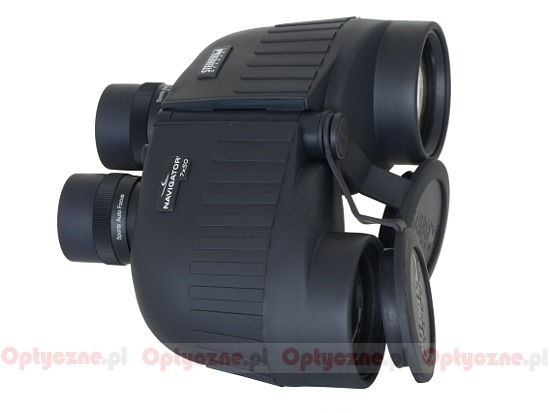 |
I don’t hesitate to write here that I expected a lot from the Steiner Navigator and I was left disappointed. Nowadays for about 300-400 Euro you should be able to construct easily a great pair of Porro binoculars. I understand that the production of such a device in Germany is costly but you don’t deal here with anything overly complicated. A 7x50 model is a classic and with such a field of view the Navigator has it should be almost perfect.
Unfortunately Steiner decided to economize and they did it in a stupid way - anyway the employee responsible for the decision to save on coatings and leave one part of air-to-glass surfaces of the prisms uncovered should be fired. Even a cheap, Chinese Porro instrument, with a price tag of 100 Euro, features simple one-layer coatings on prisms. Why a renowned Steiner is worse than that is beyond my comprehension. As a result, however, the transmission graph of the modern Steiner is a dead ringer for that of old Zeiss Jena binoculars, produced some 30-40 years ago . It’s a shame.
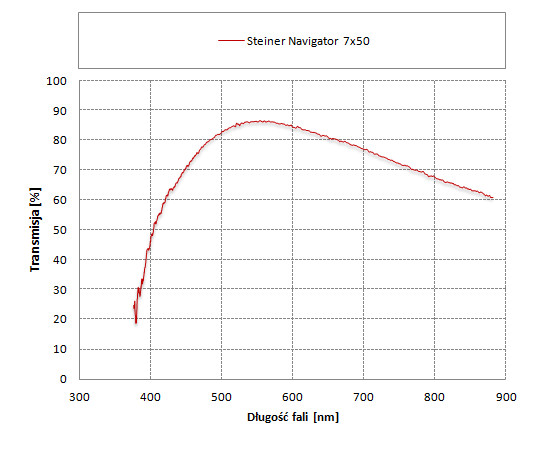 |
The situation inside the tubes leaves also a lot to be desired. The binoculars are supposed to be produced in Germany but it seems the quality control was non-existent there. The darkening is hardly perfect, there are too many specks of dust; the scratch, clearly visible on one of the prisms, was the proverbial last drop of bitterness.
The Navigator has undoubtedly several advantages but stupid savings and shoddy workmanship made me privately very disgruntled. The successor of this device, the Navigator Pro, is being launched on the market right now. I just hope it will be devoid of the faults we discovered in this test.




